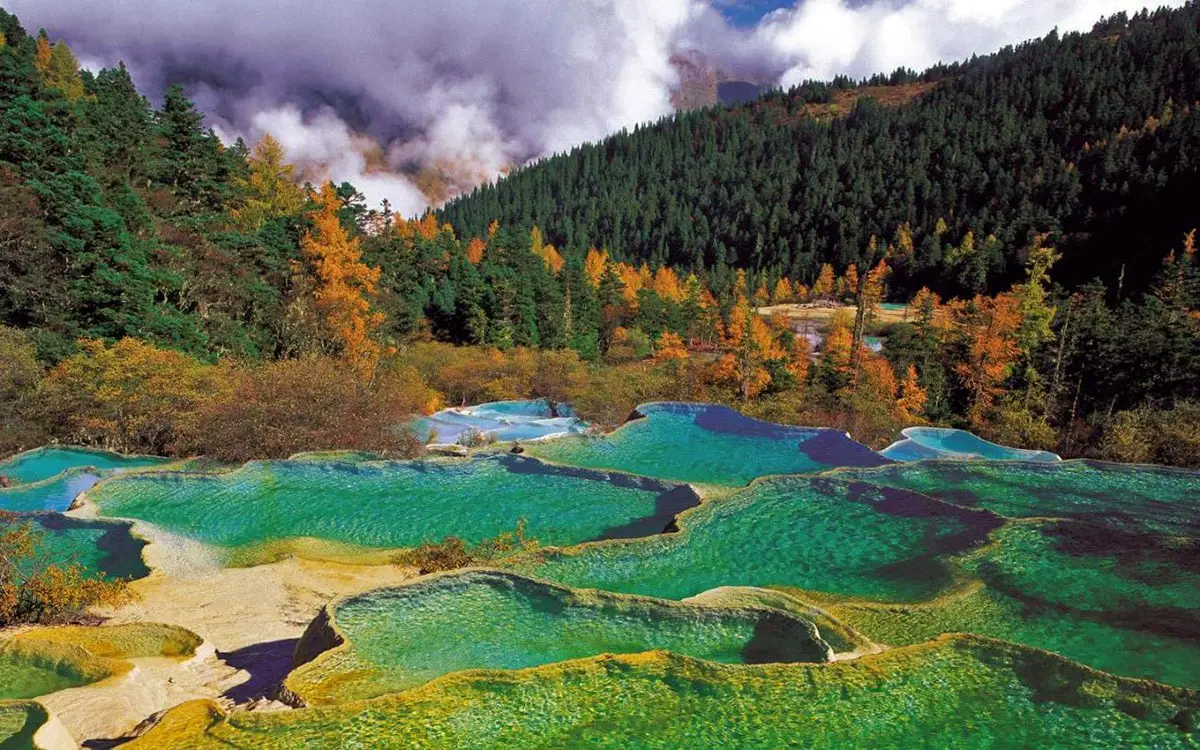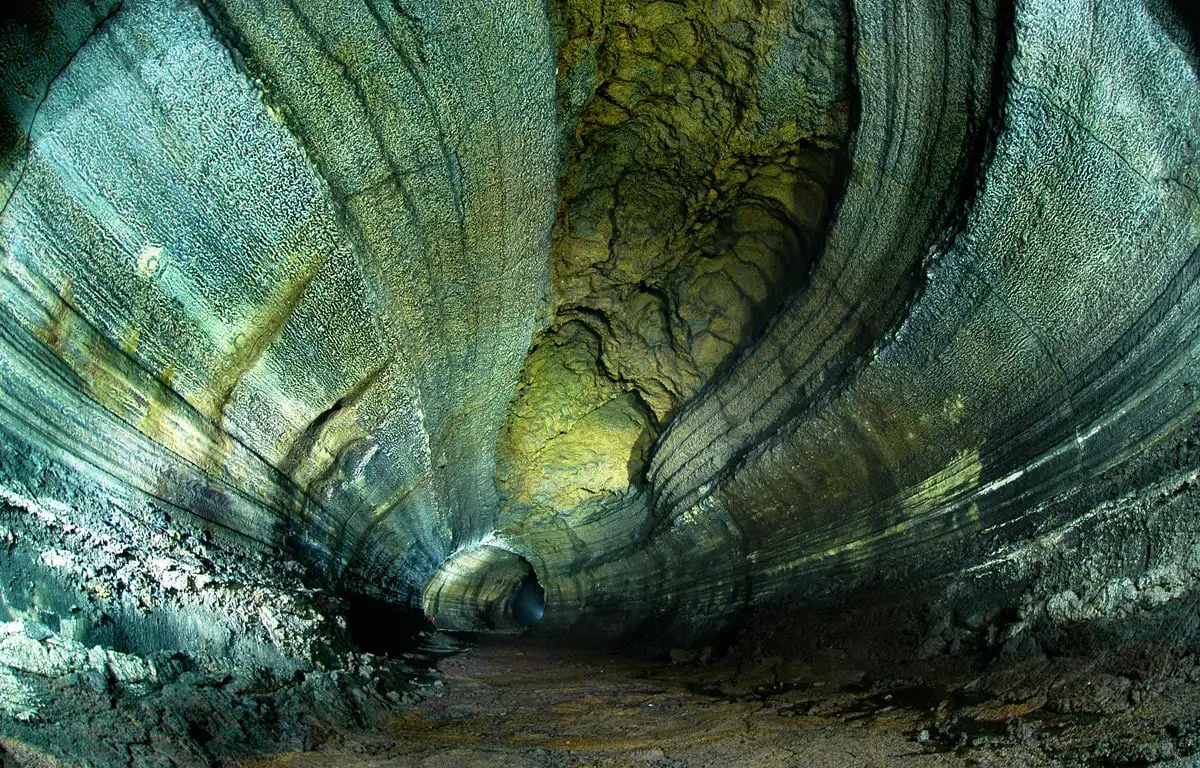World 🢖 Asia 🢖 China 🢖 Chongqing Municipality
Caves 🢔 Geological wonders 🢔 Categories of wonders
Wonder
Er Wang Dong Cave (Erwan Dong)
 In short
In short
Wulong Karst Area is rich with magnificent scenery, including giant sinkholes and caves. The 42 139 m long Er Wang Dong cave (Cave of two kings) is one of the most impressive landmarks in this area.
 50.5%
50.5%
GPS coordinates
Location, address
Alternate names
Length
Depth
UNESCO World Heritage status
Map of the site
If you see this after your page is loaded completely, leafletJS files are missing.
 In detail
In detail
Wulong karst
The thick layer of Lower Ordovician limestone near Wulong is crisscrossed by cave labyrinths. This limestone in some areas is covered with Paleozoic sandstone, helping to preserve it from erosion.
Some of the largest sinkholes in the world – such as the exotic Qingkou tiankeng – are located here and some of the most impressive caves in the world connect these giant sinkholes. Er Wang Dong is one of the major caves here, running very close to the 67 825 m long San Wang Dong Cave.
Cave of two kings
Cave starts in the south-western side of the 195 m deep Niubizi tiankeng. The enormous cave has a huge mass of air inside and has its own climate. These clouds appear also in Niubizi tiankeng. In fact, these clouds serve for weather forecast – when in tiankeng appears fog, soon will come rain.
Cave reaches also Qingkou tiankeng – gargantuan sinkhole created by several waterfalls, which still fall into this 295 m deep sinkhole. The largest passage – Tiankeng Express – here starts from the exotic ecosystem at the bottom of tiankeng.
Er Wang Dong is a complex cave with passages in several layers, numerous passages form a true maze.
The exploration of this cave is organized by the international Hong Meigui Cave Exploration Society. The cave is known to local people since ancient times – in Er Wang Dong village it was used as a source of potable water and as a storage site but far northern passages were used for nitrate mining.
Er Wang Dong cave runs very close to San Wang Dong cave. Er Wang Dong, in general, is located higher than the other cave – but it is possible that both caves are united.
References
- Hong Meigui website. Accessed on October 11, 2013.
- Waltham Tony. The 2005 Tiankeng Investigation Project in China. Speleogenesis.Info.
- Marc Schwarz. Photos: exploring giant caves in China. Red Bull Adventure, 6 August 2013. Accessed on October 11, 2013.
 Linked articles
Linked articles

Wonders of Asia
Any other continent (and part of the world) seems small if compared to Asia. This refers also to natural and man-made heritage: in Asia are not just thousands of great landmarks, there are found landmarks created by thousands of diverse cultures from ancient Phoenicians to the mysterious small people in the Philippines and eastern islands of Indonesia.

Wonders of China
China has got it all – more than one billion people, a large area, a great and very long history, very distinct and at the same time – very diverse cultures, great and varied nature.

Caves
Every year there are reported exciting discoveries of new caves and discoveries of new qualities such as cave paintings in the ones known before. But there still is a feeling that our knowledge covers just a small part of all these monuments of nature.
Though, those which are known to us, offer a surprising diversity of unusual features and impressive sights.
 Recommended books
Recommended books
Karst in China: Its Geomorphology and Environment
This is the first study of the karst areas of China to be carried out by a Western geomorphologist, and almost all the sources are from Chinese works, as yet unpublished in the West. Karst areas are sensitive to environmental influences and Chinese attempts to deal with these are discussed here, as are Chinese methods of studying karst since they differ somewhat from those in the West.

